Buddhism in Banavasi, an Archeological Treasure Trove
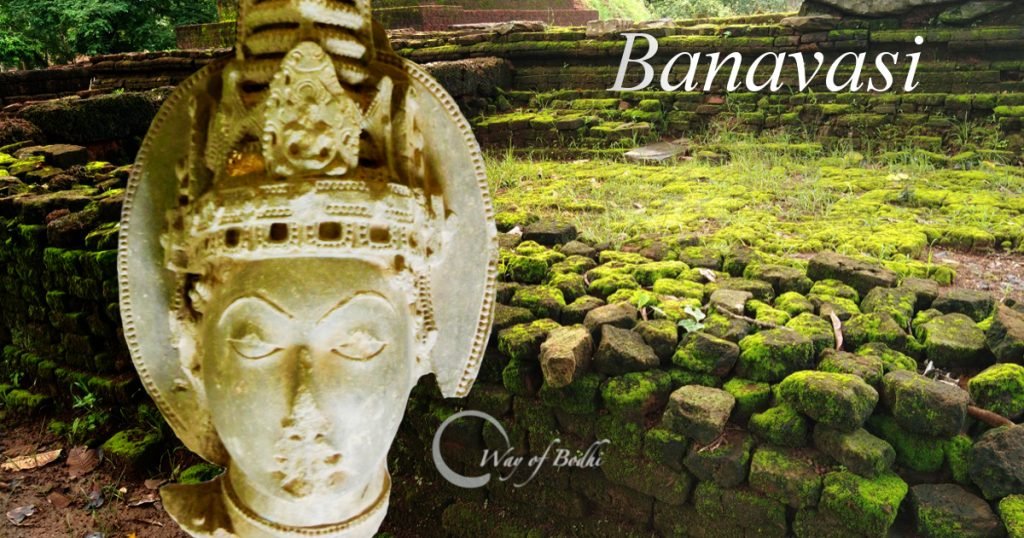
Xuanzang, the 7th Century Chinese traveler monk and scholar, in his travelogue wrote about visiting a glorious center of Buddhism in Karnataka. He called it Kong-Kien-Na-Pu-Lo (Konkanapura). In fact, that was the only place that he chose to visit in his travel from Kanchi to Nasik on his way back from South India. Our search for Konkanapura took us to a remote village in the midst of Malnad forests, known as Banavasi. It is situated in Sirsi Taluk of Uttara Kannada district. River Varada, a tributary of Tungabhadra flows gracefully, winding all around and embracing the lush green landscape of Banavasi. Behind the laid-back facade of this place, deeply hidden or even long-forgotten is its past glory, as the capital city of the erstwhile Chutu and Kadamba kingdoms.
Banavasi became a thriving center of Buddhism right from the time of Emperor Ashoka, and it continued to be so till the 11th-12th Century. All flavors of Buddhism such as Sravakayana, Mahayana and Vajrayana flourished there. Xuanzang was awed by the many magnificent Stupas and monasteries there. He also reported about Prince Siddhartha’s crown being displayed there on special occasions. Inscriptions from various other Buddhist centers such as Nagarjunakonda and Karle caves also have records about the community from Banavasi building Viharas and cave temples in those places. Sri Lankan records also mention about a large Sangha of Bhikshus from Banavasi visiting Sri Lanka during an event.
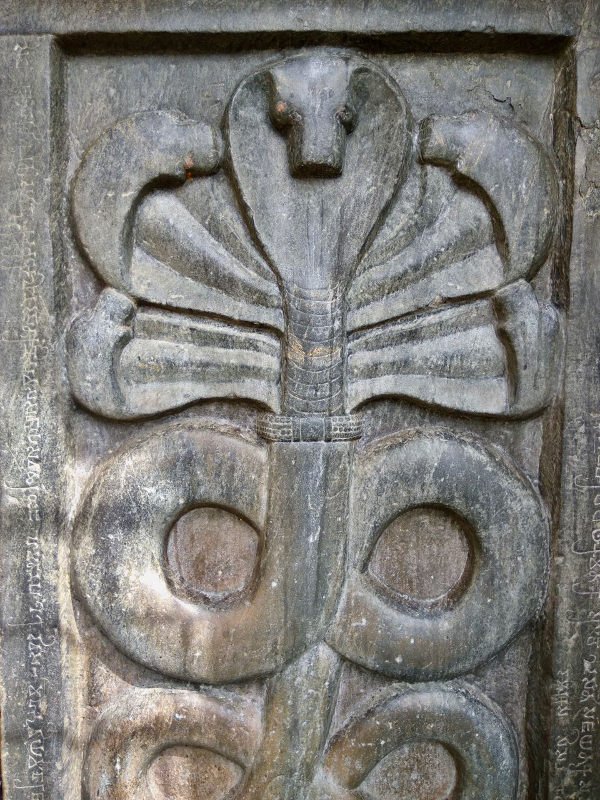
Banavasi was also known at various periods as Vaijayanti, Jayantipura, Sanjayanti, Vanavasa, Konkanapura, etc. Ptolemy referred to this place as Banaousei and Alberuni as Banavasa.
Buddhism in Banavasi – One of the most ignored archeological site with tens of Stupa mounds
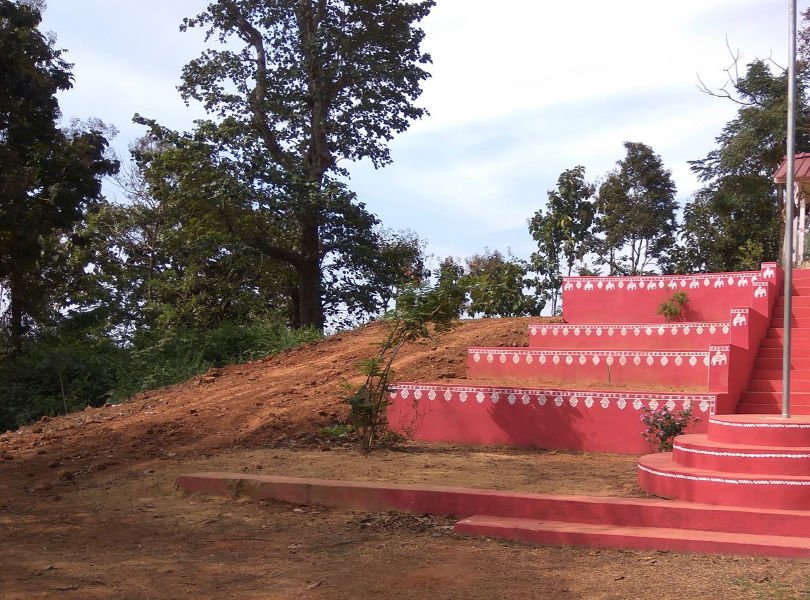
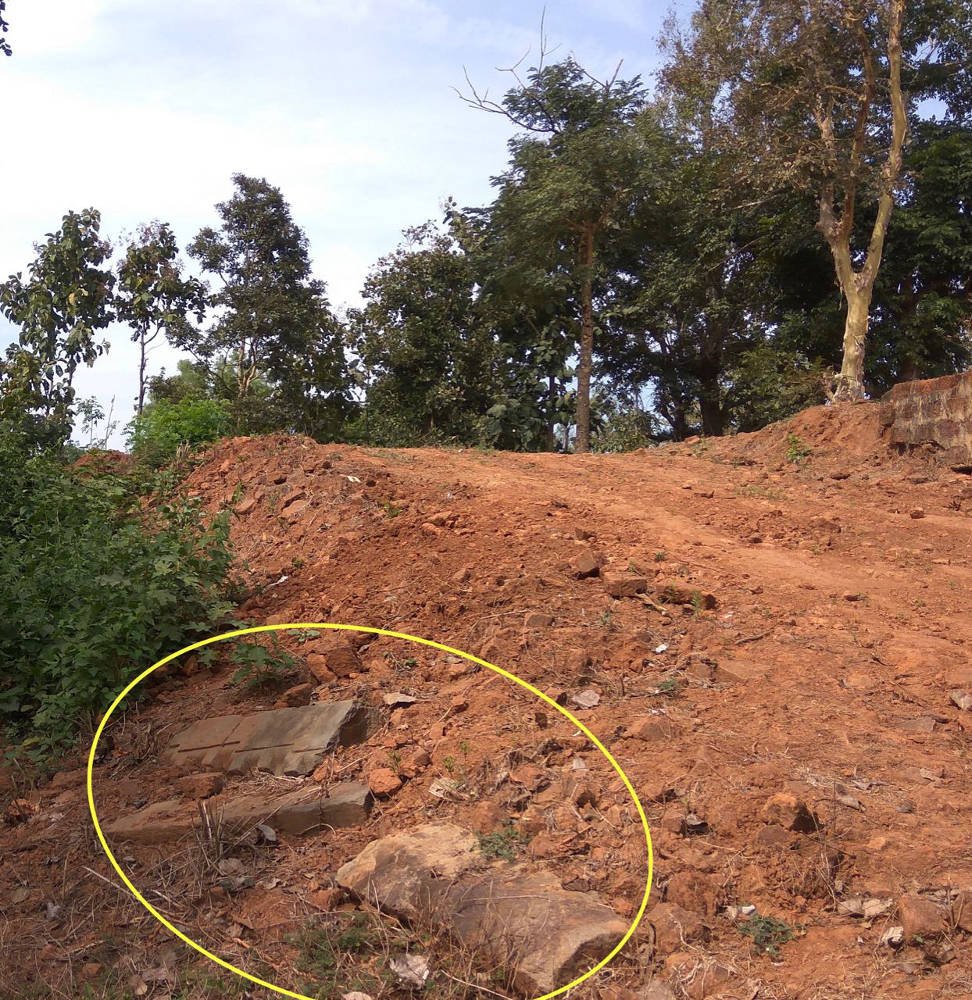
Between 1967 and 72, archeologists excavated the remains of a few large-sized stupas and viharas from Banavasi. A few Mahayana and Vajrayana statues were also recently found from there. Despite that, Banavasi is one of the most ignored archeological sites in India. This treasure trove is yet to be properly uncovered. Meanwhile, the unexplored mounds are fast becoming inaccessible as newer structures are coming up over those mounds. We came across one mound, on top of which a modern structure has already come up. Ancient bricks and carved stone blocks can be seen around the mound. According to [Ref 1], there are at least ten mounds in and around Banavasi which looks like the remains of ancient Stupas. Unfortunately, even the remains of the Stupas and Viharas excavated between 1967-72 were covered up after photography. Currently, the local community is hardly aware of the historical significance of their place, and we had to undergo quite a lot of wandering to access the reports of earlier excavations.
Ashoka’s emissary reaching Banavasi
At the time of Emperor Ashoka, Banavasi was already an important center of civilization. According to Mahavamsa and Dipavamsa (Buddhist chronicles from Sri Lanka), Ashoka sent his Buddhist emissaries to various lands to spread the teachings of the Buddha and Banavasi appears in the list along with major places such as Kashmira, Gandhara, Mahishamandala (Mysore), Aparantaka, Maharatta (Maharashtra), Yonakaloka (Greek), Himavanta (Himalaya), Suvarnabhumi (South East Asia) and Tamraparni (Sri Lanka). Clearly, this indicates the significance of Banavasi in that era.
Mahavamsa also mentions about a large sangha of bhikshus from Vanavasa country visiting Sri Lanka under the leadership of Thera Chandragupta. They went there to attend the inaugural function of a Mahastupa. It was during the rule of King Duttagamani in Sri Lanka (101-77 BCE).
According to Xuanzang, there was also a 100ft-high stupa commissioned by Emperor Ashoka at Banavasi.

Archeological excavations also found an apsidal structure (possibly a Vihara) [Ref 2] adjoining the river bank (in the backyard of Sri Chandrasekhara Bhat). The bottom-most stratum of the mound had brickwork belonging a pre-Satavahana era, and thus possibly Mauryan. Coins with Mauryan era topology and other artifacts were also found at this level, indicating a possible Vihara from the Mauryan era at Banavasi.
Viharas and Stupas of the Satavahana Period (Till 3rd Century CE)
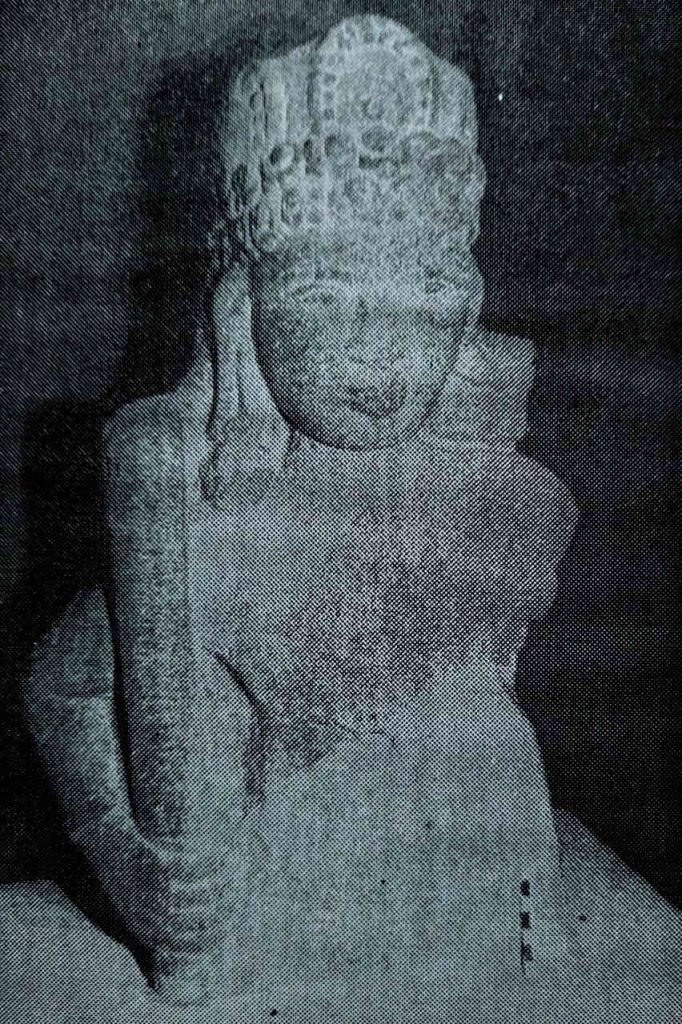
During the Satavahana period, Banavasi was under their rule. According to archeological records [Ref 2], a Buddhist memorial panel made of terracotta was excavated from Banavasi. It has an inscription belonging to King Vasishthiputra Sivasiri Pulumavi, with a line drawing of a Chaitya above the inscription.
The apsidal structure (Buddhist chaityalaya) [Ref 2] over the remains of the Mauryan remains excavated by archeologists is considered to be from the Satavahana period. There is a broken sculpture found at this place. This sculpture is very similar to a 2nd Century CE sculpture of a Mahayana guardian deity found in Nagarjunakonda excavation. This sculpture is said to be in the Museum of Art and Archeology, Manasagangotri, Mysore.
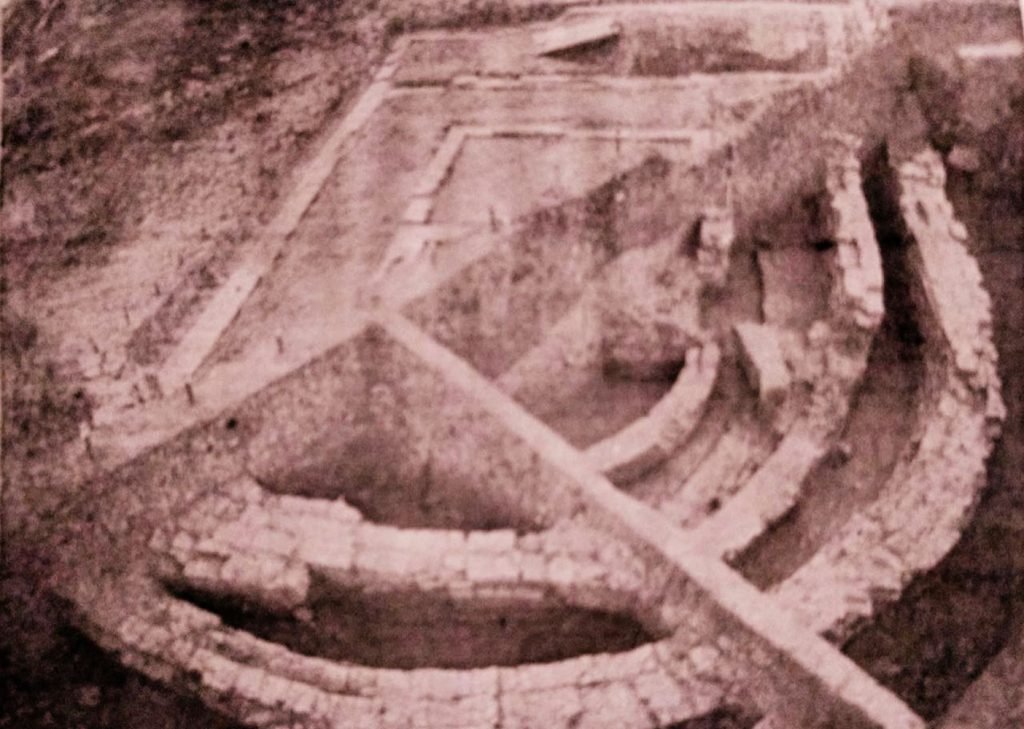
Excavations of Dōnigudda mound [Ref 2] revealed another large apsidal structure of 26 x 13.5 meters in size. This chaityalaya (Vihara hosting a stupa at the circular end) is also inferred to be from the Satavahana period.
Chutu Period and the Naga stone (2nd to 4th Century CE)

Later, Banavasi went on to become the capital city of Chutus., Literally, Chutu means the hood of cobra. They were also known as Naga-kula. Initially, they were feudatories of Satavahanas, and later they ruled an independent kingdom. Like Satavahanas, Chutus also followed Buddhism.
There is a Naga-stone from this period, with inscription in Brahmi script and Prakrit language, still preserved at a corner of Madhukeshvara Temple. According to the inscription, Nagasiri, the daughter of Chutu King Vinhukada Chutukulananda Satakarni (3rd Century CE), gifted a Vihara (Buddhist monastery), a Naga-stone and a pond. [Ref 3]
An inscription found at Nagarjunakonda, Andhra Pradesh, also says that Kodabalasiri, the Queen of Vanavasaka (Banavasi), built a Chaitya and Vihara for bhikshus of the Mahishasaka branch of Buddhism in Nagarjunakonda. [Ref 1]
Another inscription in Nagarjunakonda [Ref 4] by Bodhisiri mentions about the Sangha from Sri Lanka visiting Banavasi.
In Karle Caves, Maharashtra, there is an inscription that reads [Ref 5], “Bhutapala, the Setti (merchant) of Vaijayanti (Banavasi) built this stone temple which is the best in the whole of Jambudvipa.”
Kadamba Period (4th to 6th Century CE)
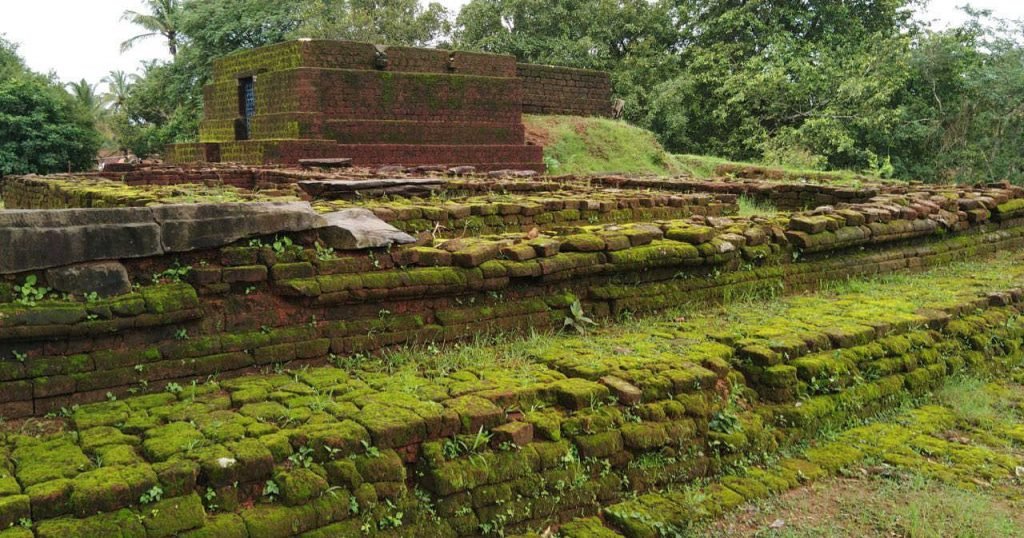
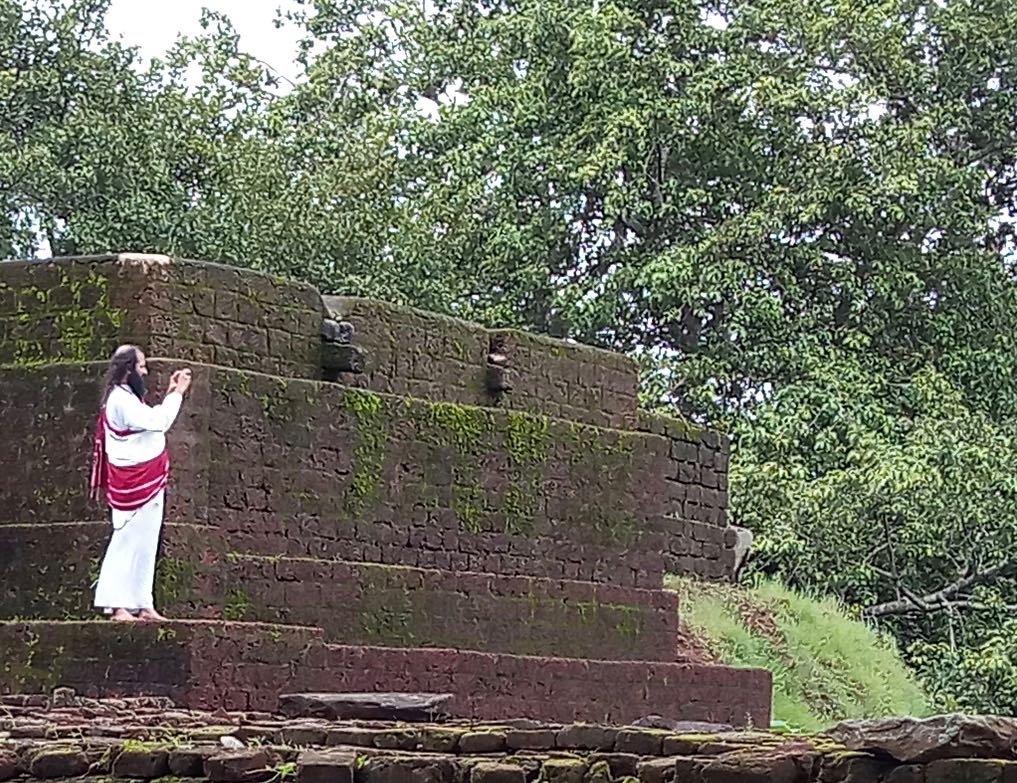
With the fall of Chutus, Banavasi became the capital of the newly formed Brahminical kingdom of Kadambas founded by Mayura Sharma. Though Kadambas were Brahmins in origin, some of them strongly supported Jainism. Vedic religion and Jainism flourished during this period. However, Buddhism continued to exist during this period. Though the royal support for Buddhism would have diminished, there is no sign of any antagonism towards Buddhism in that period.
There was continued support for Buddhism from the merchant guild. Banavasi was an important center in the trade route between Kanchi and Nasik. Both Kanchi and Nasik were important centers of Buddhism during that time. As it is evident from Xuanzang’s records, Buddhism was still very vibrant when he visited Banavasi in the 7th Century.
Tracing Konkanapura of Xuanzang
Among the early historians and archeologists, there were multiple opinions about the possible locations for Kong-Kien-Na-Pu-Lo (Konkanapura) that Xuanzang visited. Alexander Cunningham, the acclaimed British archeologist who rediscovered the Buddhist monuments of India, initially suggested that it could be Anegundi, the other side of the river across Hampi. His inference was based on the distance of the place from Kanchi and Nasik. Many other scholars such as Moraes [Ref 6] suggested that it is Banavasi. The distance criteria between Kanchi and Nasik meet for Banavasi as well Anegundi. Based on the presently available evidence we conclude that it must be Banavasi.
The reasons are,
- There are hardly any Buddhist monuments found in Anegundi, whereas Banvasi has the most glorious record of Buddhist monuments fitting to Xuanzang’s narration – such as Stupas and Viharas, and the history right from Ashoka’s period.
- A few years before Xuanzang’s visit (which was around 639 CE) Kadamba kingdom fell to the Chalukyas. According to historic records, Pulakeshi II (610–642) of Badami Chalukyas conquered Banavasi. Then, Banavasi was put under the rule of Alupas as the feudatories of Pulakeshi II. Alupas are renowned as the rulers of the Southern Konkan Kingdom. Banavasi would have acquired the name Konkanapura during the reign of Alupas. It so happened that Xuanzang visited around this period. Alupas were also supporters of Buddhism along with Jainism, Vaishnavism, and Saivism.
- The geographical description by Xuanzang matches well with Banavasi and not with Anegundi. He describes Konkanapura as a rich and fertile in the midst of deep forest. According to him, it is regularly cultivated and produces large crops. If he were describing Anegundi, he would have mentioned about a rocky terrain.
Konkanapura (Banavasi) that Xuanzang saw
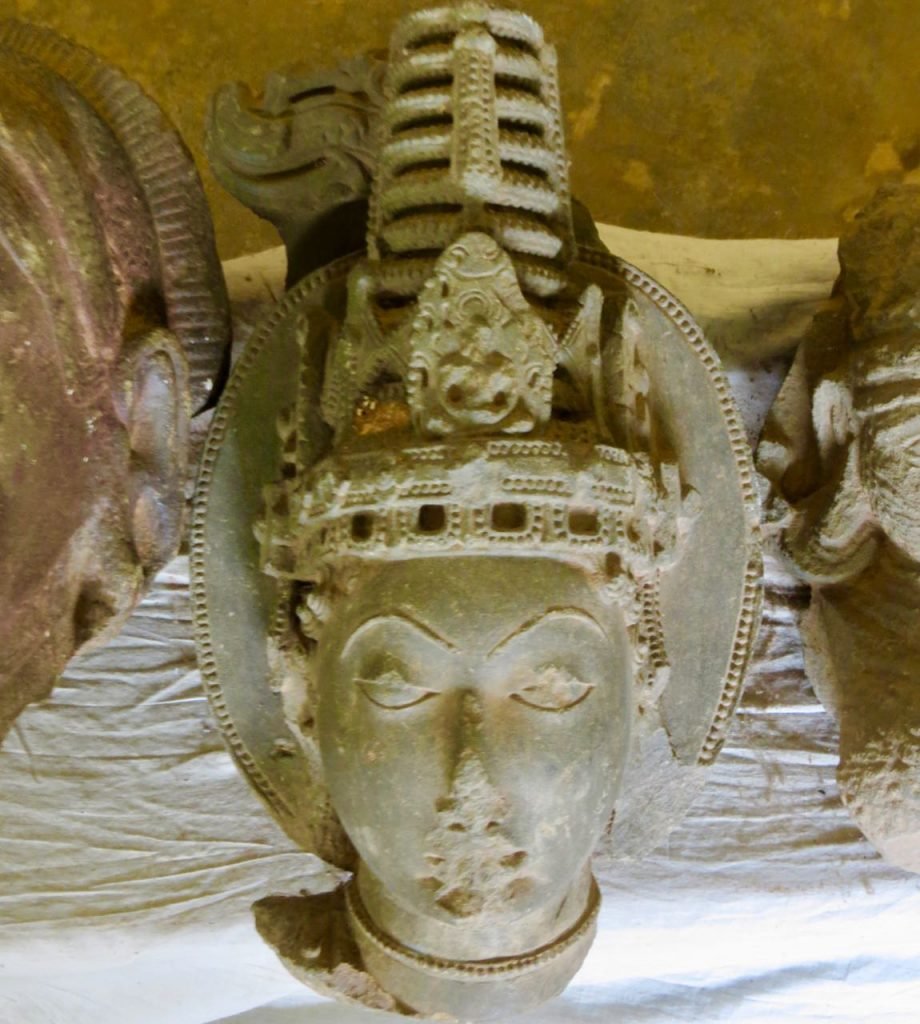
Xuanzang described the place in the following way [From Ref 7, with minor edits]:
“After going 2000 li or so we come to Kong-kin-na-pu-lo (Konkanapura).
… The land is rich and fertile; it is regularly cultivated and produces large crops. The climate is hot; the disposition of the people ardent and quick. … There are about 100 sanghārāmas (monastic parks), with some 10,000 bhikshus (monks). They study both Mahayana and Hinayana. …
By the side of the royal palace is a great sanghārāma with around 300 monks, who are all men of distinction. At this place, there is a great vihara (monastery), a hundred feet and more in height. A precious tiara belonging to Siddhartha, the prince is preserved there. It is somewhat less than two feet in height and is ornamented with gems and precious stones. It is kept in a jeweled casket. …
By the side of the city is a great sanghārāma in which is a vihāra of about 50 feet high. In this, there is a statue of Maitreya Bodhisattva carved out of sandal-wood. It is about ten feet high. It is the work of Arhat Wen-‘rh-pih-i (Shrutavimshatikoti).
To the north of the city, not far is a forest of Tala trees about 30 li round. … In the forest is a stupa. … containing the bequeathed relics of the Arhat Shrutavimshatikoti.
Not far to the east of the city is a stupa which has sunk down into the ground from its foundations, but is still about thirty feet high. The old tradition says, In this stupa is a relic of Tathagata, and on special days, it exhibits a miraculous light. Earlier, when Tathagata was in the world, he reached in this place and exhibited his miraculous powers and a multitude of men from this place took refuge.
Not far to the south-west of the city is a stupa about a hundred feet high, which was built by Emperor Ashoka. Here the Arhat Shrutavimshatikoti exhibited great miraculous powers and a great many people took refuge. .…”
Later development of Vajrayana Buddhism in Banavasi
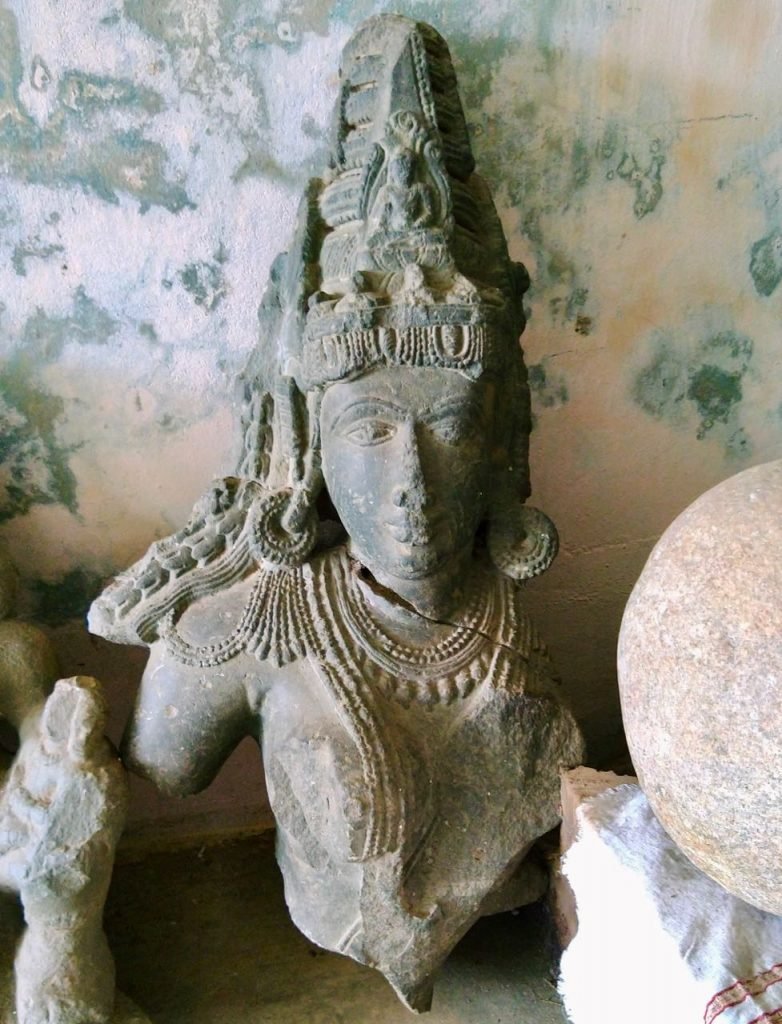
Clear indications of later development of Vajrayana Buddhism is visible in Banavasi. Remains of various statues were found from the fields around Banavasi. These are currently kept in an archeological warehouse in the Madhukeshvara Temple complex. Amongst that we found statues of Tara and Avalokitesvara there. Those statues belong to the 10th-12th Century CE period and are similar in style to the Vajrayana statues from Balligavi and Lakkundi.
At around 11th or 12th Century, Buddhism mostly vanished from Banavasi, just as is the case with most other parts of Karnataka.
Conclusion
Banavasi was clearly one of the most vibrant centers of Buddhism in Karnataka. However, there isn’t much showcased there as the archeological mounds are in an ignored condition and are getting lost quickly. It can become a prestigious center of heritage and culture of Karnataka if the Department of Archeology undertake more excavations and studies and showcase the results on site.
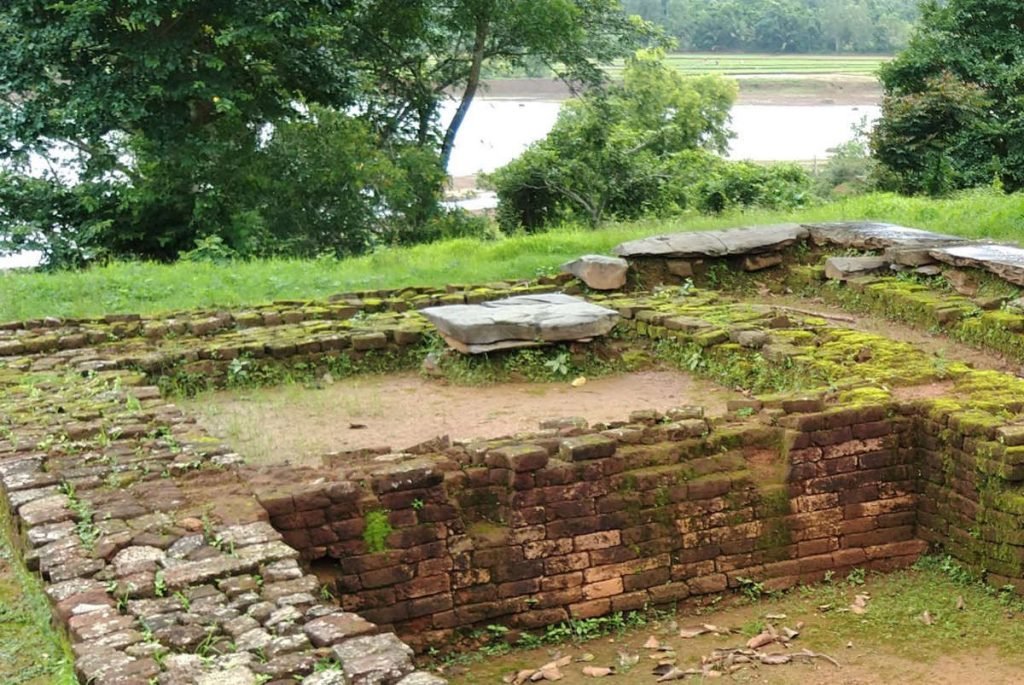
References
- Putheri (Buddheri) – The Southern most Stupa of Ancient India - January 19, 2023
- History of Buddhism in Kerala - January 12, 2022
- Buddhism in Kallakurichi, Tamil Nadu - March 4, 2021


Quite impressive works.. Surprised to see the details and references!
Thank you.
Wonderful!
Would love to visit on Saturday or Sunday and then write my impressions.
Intend to visit all sites mentioned in your blog.